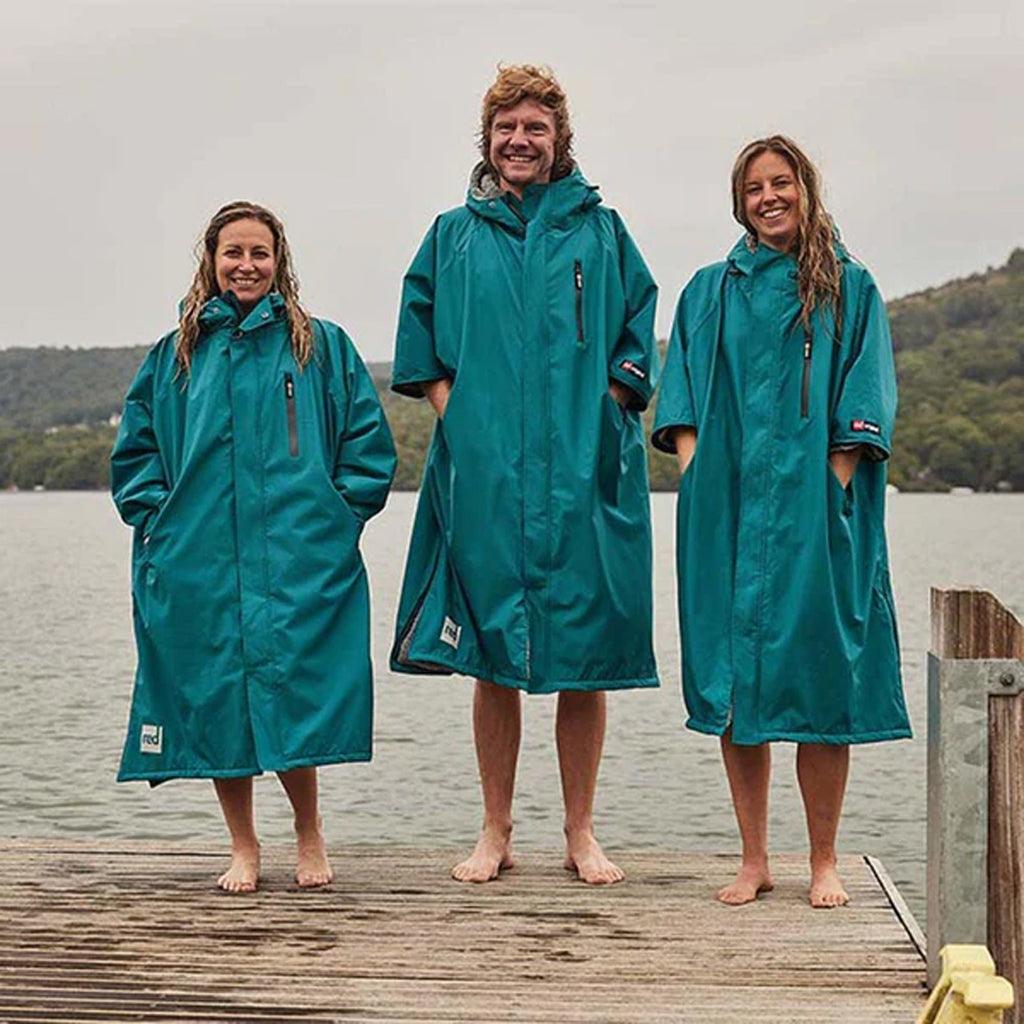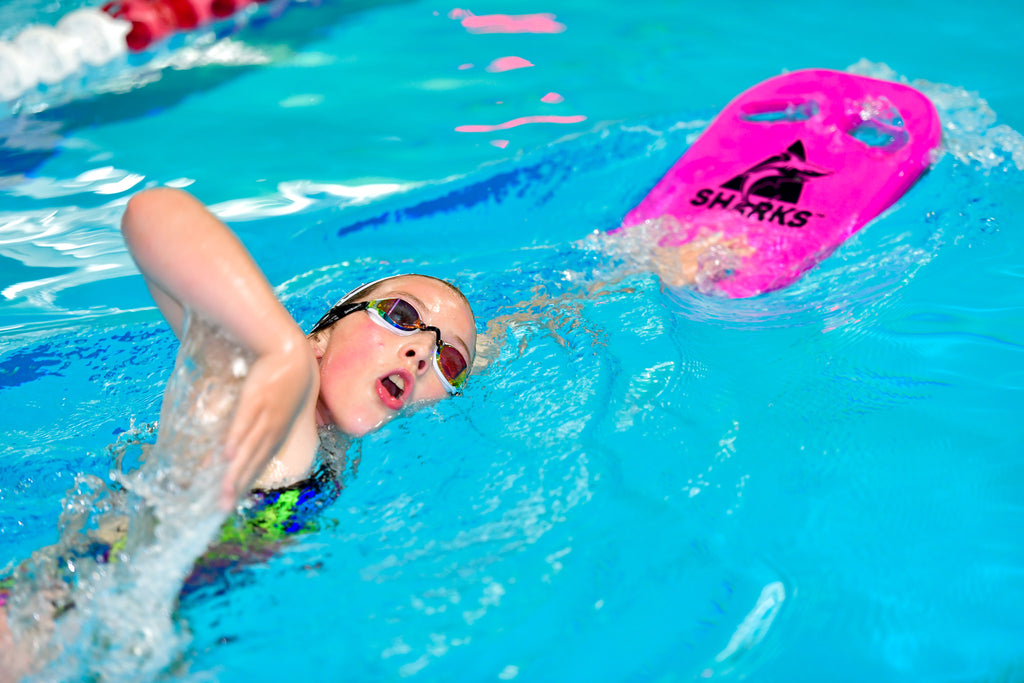Protecting Your Ears When Swimming
 Ear infections can very nasty, leading to symptoms such as earache and infection. This can be an issue particularly for regular, professional swimmers, children learning how to swim and, this time of year, those who participate in outdoor swimming activities such as surfing and cold-water swimming.
Ear infections can very nasty, leading to symptoms such as earache and infection. This can be an issue particularly for regular, professional swimmers, children learning how to swim and, this time of year, those who participate in outdoor swimming activities such as surfing and cold-water swimming.
Surfer’s Ear
There is, in fact, a type of infection called surfer’s ear. Ask any surfer who has suffered from this infection and they will tell you how painful it can be. This infection is not, of course, limited just to surfers but in anyone who spends time regularly in water during the colder months.
It’s not the water that causes the problems but the cold air. The movement of cold air past the ears leads the human body to try to protect the ear canal through exostosis, or the growth of abnormal bone. The bones in the ear slowly react to the cold wind by growing beyond their natural limits, eventually partially and in some cases even completely blocking the ear canal.
As the canal becomes more and more blocked, water tends to become more easily trapped in the ear, which can lead to infections.
Protecting Children
I n children, swimming can be responsible for outer ear infections. It’s really easy to rush getting out the door after a swimming lesson, without a thought to what wet hair and cold air can do to your child’s ears (let alone the fact that they have probably just spend up to an hour with their head in the water).
n children, swimming can be responsible for outer ear infections. It’s really easy to rush getting out the door after a swimming lesson, without a thought to what wet hair and cold air can do to your child’s ears (let alone the fact that they have probably just spend up to an hour with their head in the water).
A swimming cap can help to protect the ears, but most are not completely leak proof. If your child is susceptible to ear infections, then you should most definitely invest in ear plus , like the Tyr Youth mouldable soft silicone ear plugs.
Our advices is to always dry your child’s ears with a towel and avoid putting anything into the canal such as a cotton bub. Dry the ear canal by gently tipping the head to one side and then the other to allow natural drainage.
Make sure that the swimmer has a hat (or a hooded top) to wear after the session. This is extremely important as If the ear has not been dried properly, water can collect in the ear canal and accompanied by cold weather an ear infection can occur.
Profession and Regular Swimmers
The tips above to help protect children’s ears also apply to adults, and particularly those who swim professionally or regularly.
In addition to these post-swim recommendations, if you have persistent problems you might want to try protective ear drops such as the Earol tea tree drops which prevent water getting trapped in the ear. Alternatively, our range of Swim-eze ear drops can be used after a swim to clean the cleans water out of your ears.
If you’re not keen on wearing a swim cap but still need to protect your ears, we also stock a neoprene Orca head band which covers the ears without the restrictions of a cap.
Outdoor Swimming
 For outdoor swimmers, especially those who still swim outside during the winter months, all of these precautions apply. In addition, outdoor swimmers should invest in a neoprene skull cap which comes with an under- chin strap to ensure the cap stays in place and covers the ears.
For outdoor swimmers, especially those who still swim outside during the winter months, all of these precautions apply. In addition, outdoor swimmers should invest in a neoprene skull cap which comes with an under- chin strap to ensure the cap stays in place and covers the ears.
Keeping your ears protected from the cold air is particularly important for those who love cold weather water sports. Once your out of the water and dried off, you should instantly put on a hat, like the Swimzi bobble cap or if you have a dry robe, ensure you keep the hood up.
Sharks Swim & Triathlon
All of the products mentioned above are available from our shop in Sketty Cross, Swansea or form our online shop https://sharksswimshop.com/








